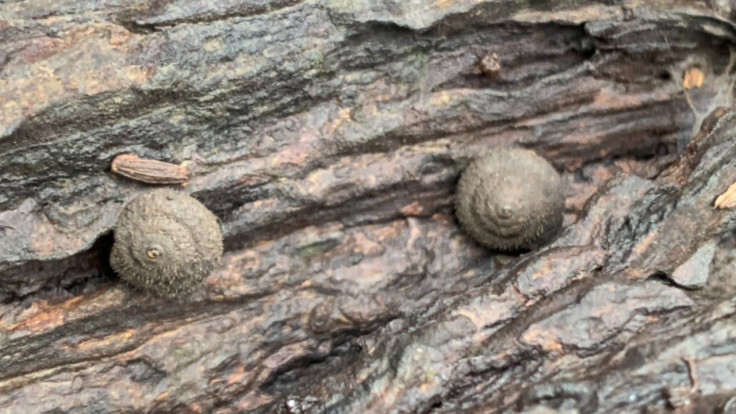What Is the German Hairy Snail: Everything to About the 'Charming' Species and Why It's Now a Conservation Priority
KEY POINTS
- Rare 'German hairy snail' is now one of London's most threatened molluscs
- Conservation groups are mapping its habitat along the Thames to prevent extinction
- Fossil records suggest it has lived in Britain since the Ice Age, long before its 1980s discovery
The German hairy snail (Pseudotrichia rubiginosa) is a fingernail-sized mollusc known for the fine hairs covering its shell. These tiny hairs may help the snail retain moisture and keep its slime sticky enough to move along slippery riverside debris.
Despite its name, this species is not a species from Germany.
Fossilised remains show that it has likely existed in Britain since at least the Stone Age, possibly since the last Ice Age, when the Thames was still connected to the River Rhine
Why the Snail Is Now a Conservation Priority
Although first recorded in the UK only in 1981, the snail is now recognised as one of Britain's most endangered molluscs. It has an official status of 'vulnerable' and is listed as a priority species under the London Biodiversity Action Plan.
Its habitat is extremely limited. The snail survives only in fragmented patches along the Thames and Medway river corridors. These sites must be muddy, damp and rich in strand-line debris, particularly beneath willow trees — an unusually specific habitat that makes the species especially vulnerable to disturbance or pollution.
Recognisable by its shell's fine hairs, an adaptation to damp riverbanks, the German Hairy Snail is more than a curiosity. It reveals vital insights into our rivers and wetlands. Through collaboration, research, and citizen science, the project ensures the species' future while strengthening London's waterways' ecological resilience.
Scientists Leading to Save the Species
Citizen Zoo and the Zoological Society of London are conducting surveys to map the snail's remaining habitats across London boroughs such as Newham, Richmond and Barnet. The research aims to clarify its distribution, assess population health and establish whether relocation between sites may be necessary to prevent extinction.
A huge thank you from the bottom of our shells to the wonderful volunteers and partners who helped with our season of German hairy snail surveys (yes, they are real) across London this month braving autumn storms, ferry crossings and the slipperiest mud you can imagine! pic.twitter.com/bpMVAxDHYH
— Citizen Zoo (@CitizenZoo) November 17, 2025
The project also involves Thames21, London Wildlife Trust and multiple councils, highlighting how many organisations are now prioritising the species. With London hosting a major proportion of its national population, conservationists argue that the capital may determine whether the species survives in the UK.
More Than Just a Snail
Beyond its scientific value, conservationists say the snail has proven unexpectedly powerful in getting Londoners to care about overlooked nature. The sight of volunteers crawling along muddy riverbanks searching for a creature the size of a fingernail has sparked interest and curiosity about London's hidden biodiversity.
Protecting this unlikely species may strengthen conservation efforts for riverbanks more broadly. Healthy riverside ecosystems protect birds, fish, amphibians and insects, meaning that preserving the German hairy snail indirectly helps protect entire food chains.
As rewilding efforts grow in the capital, the hairy snail is becoming an unlikely symbol of London's urban nature — a reminder that even the smallest, strangest species has a place in the city's ecological future.
© Copyright IBTimes 2025. All rights reserved.























